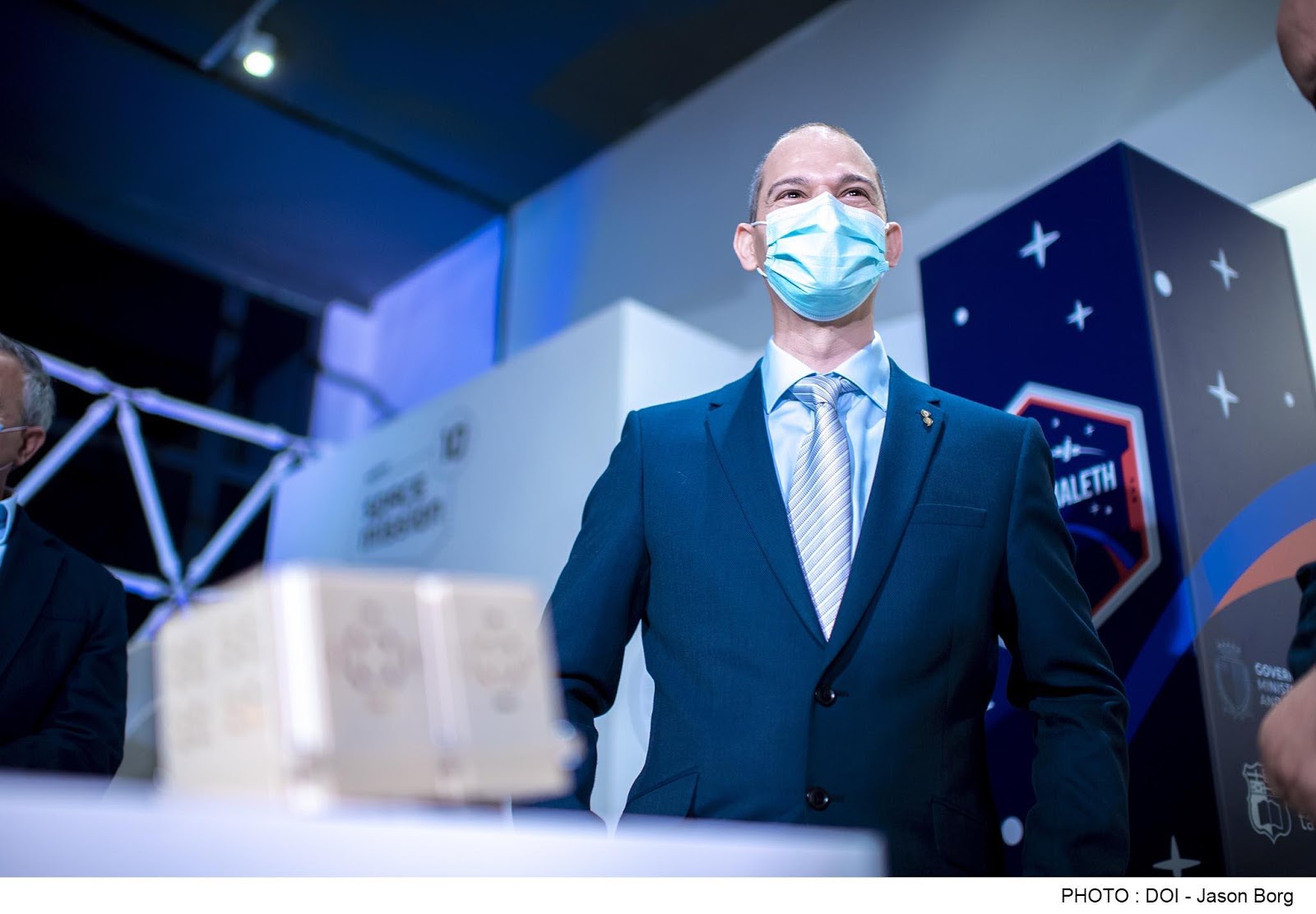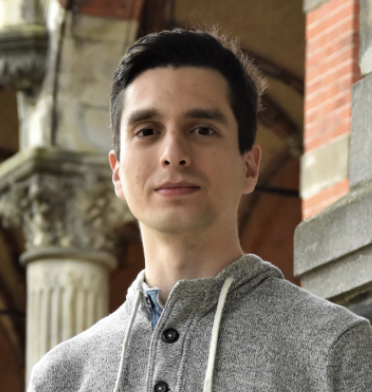
If it would have depended on the size of a scientist’s home country, Malta’s Prof. Joseph Borg would have never had a chance to join the researchers at the International Space Station (ISS). Lucky for him – and for diabetics around the world – the only way to earn a ticket into space is with potentially valuable research. Next month, Borg’s bacterial organisms will be orbiting Earth. His aim: helping treat people suffering from diabetes.
For Malta, it’s a first. For Borg and his team, it means adding knowledge to the global understanding of the behavior of diabetic foot ulcers. For diabetics, this may ultimately lead to them receiving better treatment.
Prof. Joseph Borg told Innovation Origins that he will be sending the experiment focusing on diabetic foot ulcers and bacterial organisms to the International Space Station (ISS) this August. The experiment is being described as the first Maltese experiment onboard the ISS.
What does the project entail?
Project Maleth aims to send skin samples from diabetic foot ulcers to space. These ulcers are open wounds occurring in a number of diabetes patients. Eventually, they could lead to the amputation of the lower extremities.
These skin samples would inevitably also contain bacterial communities, a collection of different bacteria, referred to as a microbiome. Patients with diabetic foot ulcers find it hard to treat them. Part of the problem is because some of these bacteria become resistant to treatment. One such resistance they possess is towards antibiotics.
“Diabetes per se and the high levels of glucose in blood also promote resistance,” explains Prof. Borg. Space makes an interesting laboratory for scientists like Borg studying resistance. This is because space generally acts as a harsh and stressful environment for cells.
Borg says that there are a select few bacteria that are naturally resistant in space, such as Deinococcus radioduran. This led him to want to know how the resistant bacteria of foot ulcers behave in space. Are they more adapted to thrive there or not? Could they be killed off? These questions could potentially be answered by sending samples to space.
Using Next-Generation Sequencing (NGS) the full DNA of the bacterium will be read. This will reveal whether or not the bacterium acquired any mutations due to the ordeal of going to space. Borg says that if they can identify key genes that can be targeted, they could point scientists in the direction of therapeutically targeting the bacteria.
He believes that this particular experiment is the first of its kind.
Why perform the experiment in space?
Borg says that most cell work on Earth happens in Petri dishes and flasks in labs. This results in growth that is two-dimensional. In space, growth is more three-dimensional as the lower gravity leads cells to grow in a ball-like manner. Borg explains that this mimics what happens in a three-dimensional microenvironment.
Borg says that there are numerous biomedical science experiments being conducted in space.
“There are infinite possibilities and interestingly, in space, there is a tendency that the research tends to move faster than on Earth, because of the accelerated processes. That gives an advantage that one can obtain results faster, albeit costlier,” says Borg.
How will the experiment get to space?
All the samples and materials will be placed inside a specially designed cube produced by Space Applications Services, a Belgian company. Rigorous toxicology tests will be performed to ensure that the samples are not toxic and that they won’t harm astronauts in the ISS. The cube will then be sent to the USA around two weeks before launch day to be integrated into the capsule that will be sent to space.
The Space X Falcon 9 rocket will be launching a Dragon cargo spacecraft. Among its resupply cargo for the ISS, it will be carrying Prof. Borg’s experiment.
The team will have remote access to the cube via a virtual private network. This will allow them to monitor the experiment in the cube and access the onboard cameras to visually inspect the tissue samples. An LED light that they can control will illuminate the cube. They can also control the temperature and humidity.
What happens next?
Borg explains that after 45 days, the capsule will land in the ocean close to the USA. The cube will then be extracted and sent back to Borg’s team. The cube is then opened and the scientists will resume their work in a normal laboratory.
In addition to the cube sent to space, an identical cube running an identical experiment will be kept in a lab in Malta to serve as a reference point. The team will then be able to compare the sample that went to space with one that wasn’t exposed to spaceflight and space.
Borg and his team already ran a successful analog study in a lab under normal Earth conditions. The team hopes to have its first paper published about the project by the end of 2021. The initial paper will focus mainly on the process in general.
Project Maleth is being supported by the Maltese Ministry for Foreign and European Affairs, Evolve Ltd., and the University of Malta. The team is also collaborating with Dr. Afshin Beheshti (Principal Investigator at the NASA Ames Research Centre) and Dr. Christopher Mason (Principal Investigator at Weill Cornell Medicine, USA).


